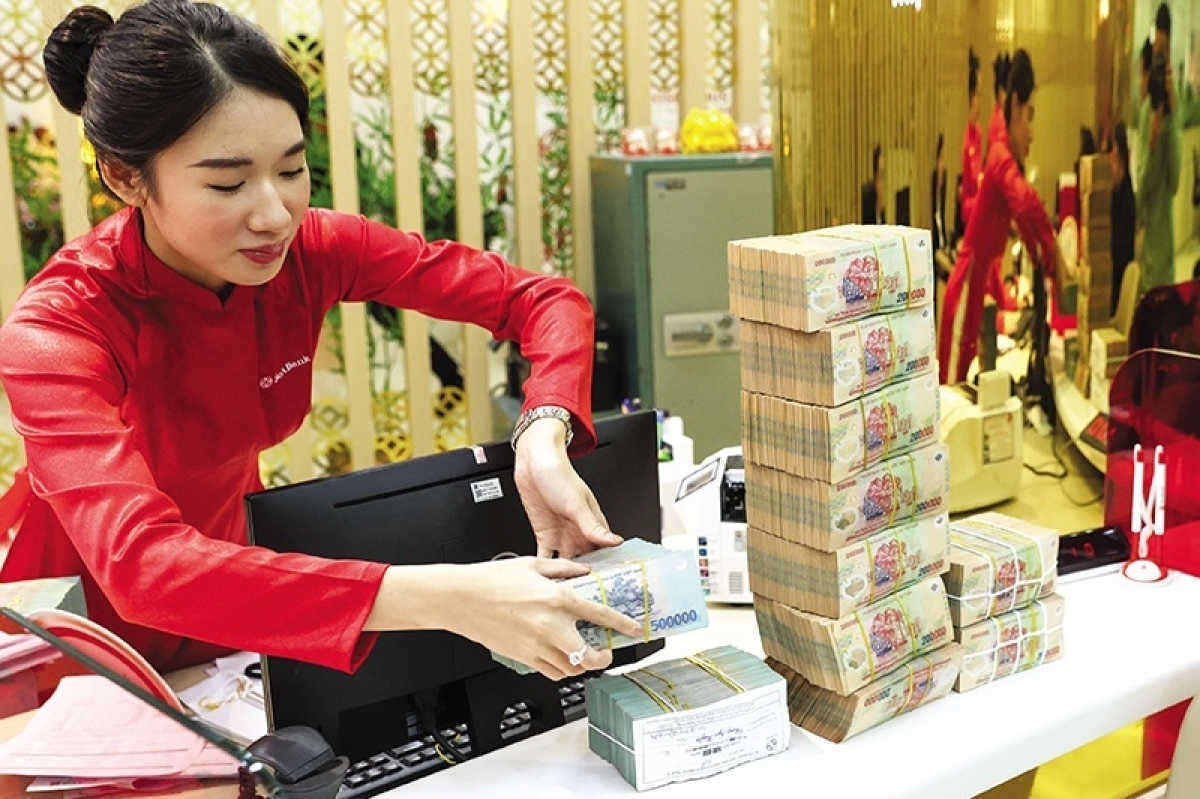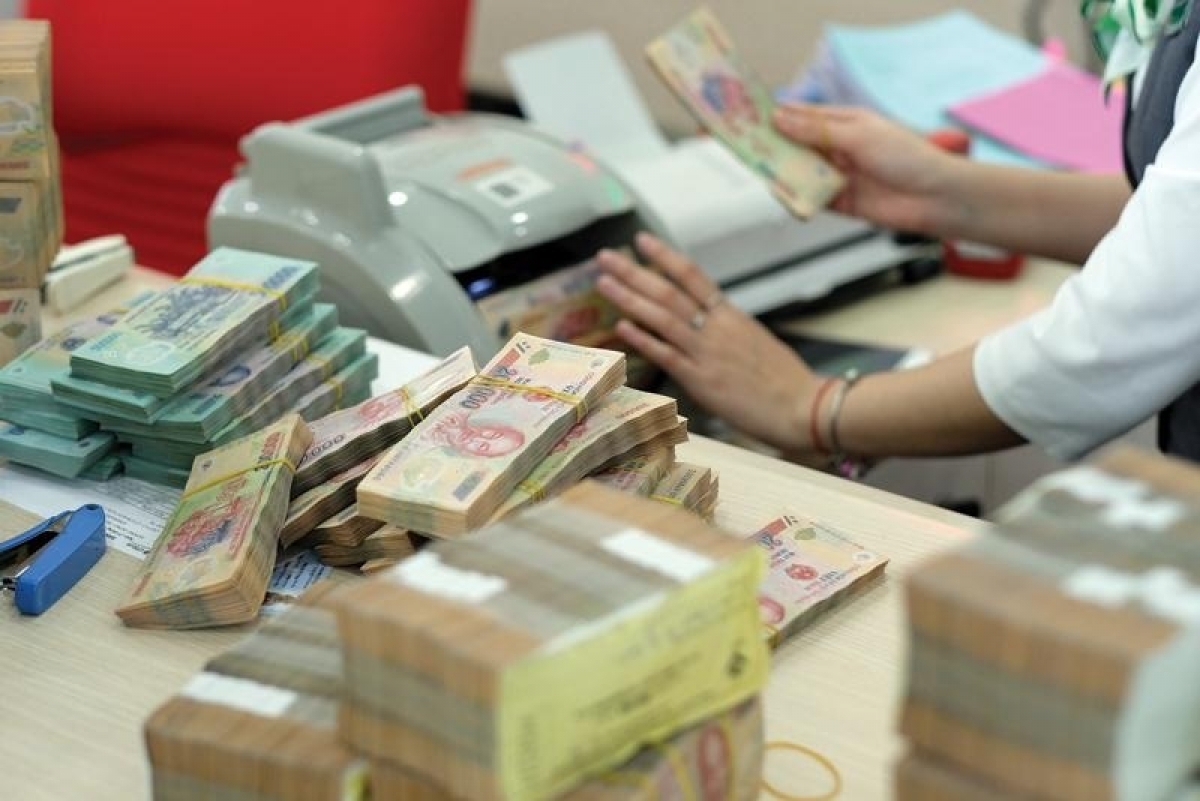INTERNATIONAL INVESTMENT
AND PORTAL
Techcombank has been building up landmarks recently. In April, Vietnam Technological and Commercial Joint Stock Bank, to give its formal title, held its annual general shareholders' meeting (AGM) to report a 47.1 per cent on-year pretax profit increase in 2021 to more than $1 billion, making it the first non-state-owned commercial bank in the country to cross the billion-dollar profit mark.
Then, in June, it set a capital raising milestone with a $1 billion syndicated loan facility at three to five years, the largest-ever medium to long-term syndicated loan for a Vietnamese financial institution. Euromoney catches up with CEO Jens Lottner at the conclusion of this deal, initially underwritten by Standard Chartered and UOB with ANZ, HSBC, and SMBC joining as fellow mandated lead arrangers, underwriters, and bookrunners.
The deal felt like a statement, for Vietnam as well as Techcombank, and tells us something about investor appetite in a time of extremely uncertain global outlook.
The bankers “were basically telling us it was a relatively tough market," said Lottner, albeit helped by the fact that Techcombank had been in the international markets twice before, with a $500 million syndication in 2020 and $800 million last year.
“But people right now are trying to get some exposure to Vietnam. Even if it’s not investment grade, if you have a good name, it’s OK,” he said
There are two themes in play here: the Vietnam story and the Techcombank story. Vietnam as a country “is doing phenomenally well”, Lottner says. It reported first-half GDP growth of 6.4 per cent and, while inflation is running at 8-9 per cent, that is largely imported due to oil and some commodities. “It’s not homemade inflation,” he added.
Foreign direct investment is coming in, and the challenge does not demand but the ability to meet it, partly because of the availability of labour and partly land.
“There is a huge need for infrastructure investment, and there are a lot of plans for new industrial parks and industrial zones,” Lottner said.
The continued lockdown in China, coupled with existing geopolitical US-China tension, is a spur for companies wanting to build manufacturing capability in Vietnam.
“But right now, it’s really scarce in terms of just getting a plot of land,” said Lottner. “It’s more of a supply-side constraint. Demand is actually pretty big.”
Banks in Vietnam, in common with most of Southeast Asia, came through COVID-19 in good shape, assisted by the central bank and policymaker support, which is now unwinding.
“NPLs are OK, though we see maybe a little bit of an uptick with Covid restructuring,” said Lottner.
Vietnam has quite strict accounting methods around non-performing loans – if a borrower defaults with anyone, then every creditor has to declare that as an NPL, and a customer must be declared as an NPL if they are even a day late on repayment – but structurally there is little cause for alarm.
“You will see an increase, but not anything comparable to 2012-13,” he says. “There is not anything which is structurally dangerous,” he said.
Setting the barThen there’s the Techcombank story. Both initial underwriters on the latest financing have a lot of praise for the borrower.
“Once again, Techcombank has set the bar for the Vietnamese loan market,” said Bryan Liew, head of leverage and acquisition finance syndicate at Standard Chartered. “The wide representation of banks across tenors attests to the market’s belief in this credit and confidence in its medium- and long-term prospects.”
At UOB, Lim Lay Wah, head of the global financial institutions group, said Techcombank is ”pioneering the market for USD SOFR borrowings.”
It can do this partly because of the strength of its performance – it now boasts a compound annual growth rate of 50 per cent in profits from 2016 to 2021 – and partly because of a sense that Techcombank is best positioned to leverage digital trends in the manner of other regional leaders such as Singapore’s DBS or Indonesia’s Bank Central Asia.
Lottner talked about transforming the bank by investing in three pillars – data, digital and talent – and setting up a dedicated data and analytics division in October 2020.
"We meet Lottner in the middle of an overseas talent roadshow, which will take him to Singapore and London on a recruitment drive. Just as capacity and labour are the biggest challenges for Vietnam as an economy, finding the right people is one of the hardest jobs Techcombank faces," he said.
When Lottner joined, the bank had around 400 to 500 people in technology; he hopes to end the year at 1,400. They had next to no one in data, and want to get to 150 to 200 people. “Right now, probably 15 per cent of our workforce is tech or data-related,” Lottner said. “I think we need to get to 20-25 per cent in order to do what we want to do."
“People right now are trying to get some exposure to Vietnam. Even if it’s not investment grade if you have a good name, it’s OK,” he added.
 CEO Jens Lottner, Techcombank
CEO Jens Lottner, Techcombank
In practice, the bank has its app in place, has moved most of what it can move to the cloud, and has the front-end tools ready. The focus now is “the middleware, where to connect… the way to translate data into insight and therefore into meaningful interactions.”
Vietnam is perhaps surprisingly accommodating about the regulatory matters around tech, such as the use of the cloud.
Tech aside, Techcombank has also made good progress on the more prosaic matters of banking: net interest margins have worked well for the bank, after a concerted effort to bring down the cost of deposits; the CASA ratio crossed 50 per cent in the fourth quarter of 2021 and has stayed there in the first quarter of this year, at 50.4 per cnet, despite growing competition; fees have been strong, particularly in insurance; and the bank was doing well in debt capital markets until issuance dried up during the last quarter.
That followed an industry scandal, which led to the cancellation of nine bond issuances by Tan Hoang Minh Group in April for disclosing false information.
Further afield, there is a sense of tempered optimism about the possibilities of the small- and medium-sized enterprise (SME) segment. That is a vast constituency, but also one that requires considerable effort to get right.
“If you start going into SME and mass affluent, if you don’t have a scalable model then it’s difficult,” Lottner said. “But I believe at the end of the year we should be able to go into new credit areas. And that should give us more flexibility.”
Again, digital innovation – and specifically the availability of credible data and the ability to crunch it through machine-learning models – will be essential to this drive.
Good or lucky?Lottner’s journey to Techcombank has been interesting. A McKinsey alumnus who has not forgotten the management consultant’s timeless tests of strategy approach, he then held a series of roles at Siam Commercial Bank in Thailand, another regional institution known for tech innovation.
Asked what he learned from that time and took to Vietnam, Lottner has several examples.
“Let’s think really, very hard in the beginning about what we want to do, because we are not rich enough to make so many mistakes,” he said.
One debate was whether the bank could be transformed from within, or instead needed external start-ups. There are going to be different answers for different places, he said, “but it’s important to get a conviction and run with that conviction”.
A third learning: “From an investor perspective, you want to earn money while you transform.”
Techcombank is in a sweet spot, but Lottner expects more competition. It is puzzling how little engagement from regional leaders there has been in the country.
UOB clearly has it as a priority, hence its purchase of Citi’s consumer business there. DBS talks about it but has made nothing like the same effort there as it has in India, Indonesia, China or Taiwan.
Some of the Malaysians are present, and there is a northeast Asian banking presence following particular trade corridors, notably South Korea’s Shinhan and Japan’s SMBC – although a 14-year alliance between SMBC and Vietnam Eximbank came to an end in March.
Some are perhaps put off by the absence of any obvious path to control, which is perhaps why investors such as Warburg Pincus and GIC have been keen to take exposure through domestic banks; both are notable backers of Techcombank.
“I would probably expect more competition going forward,” Lottner said.



















